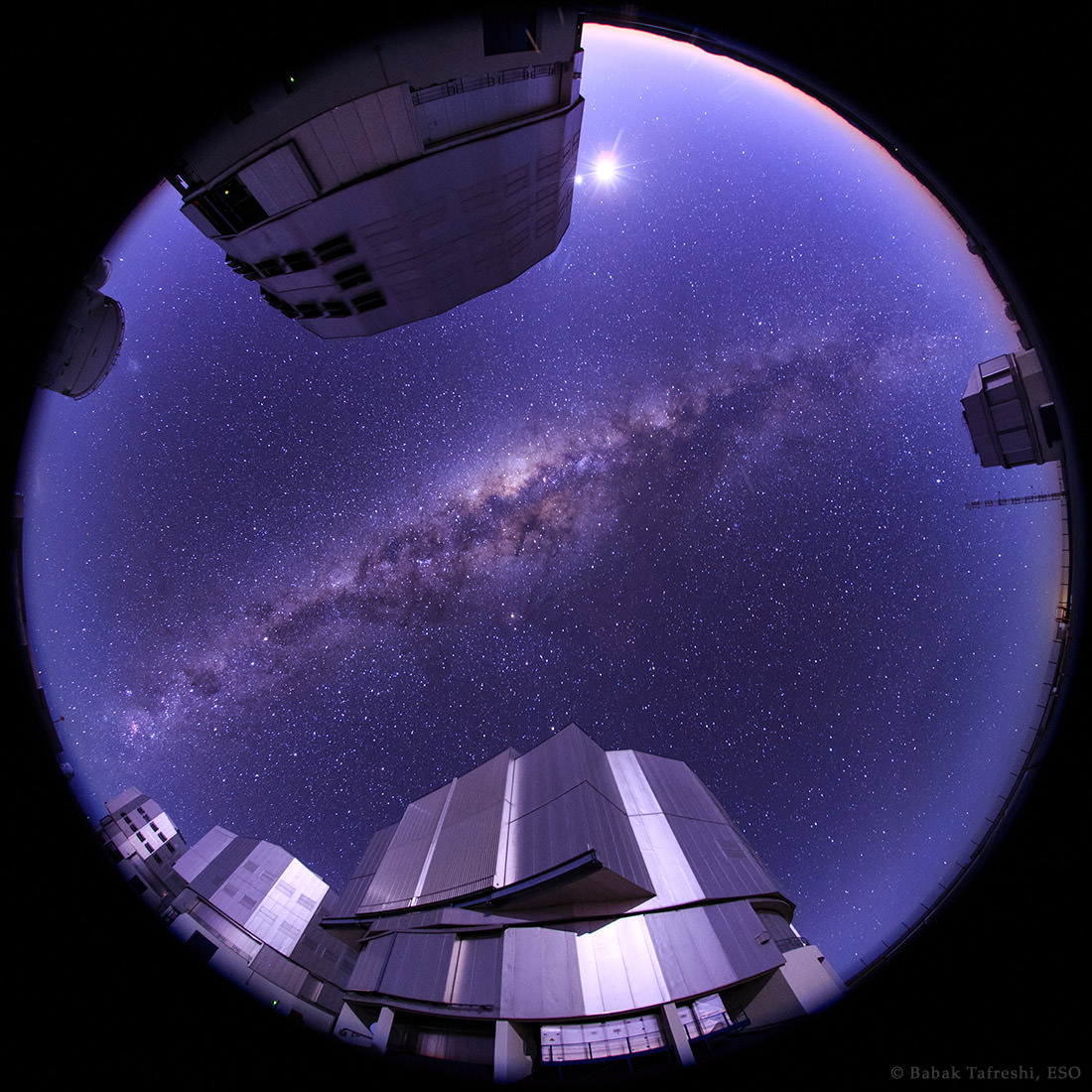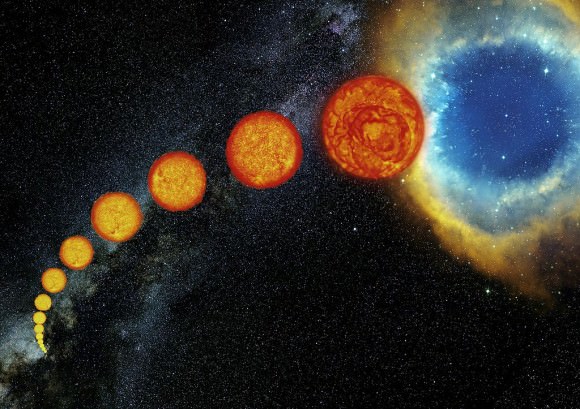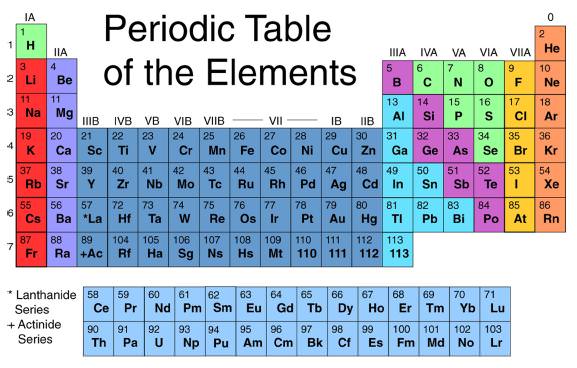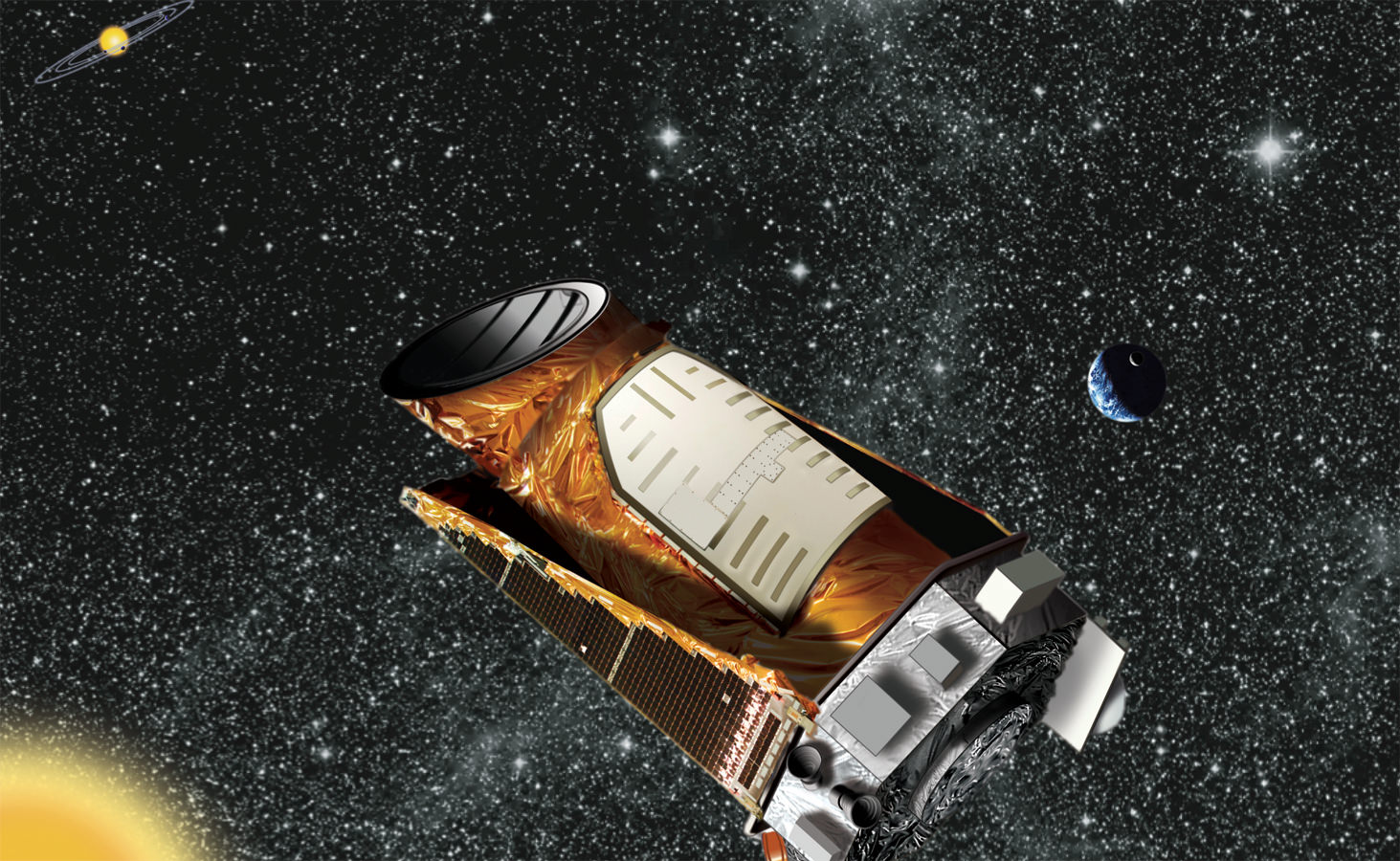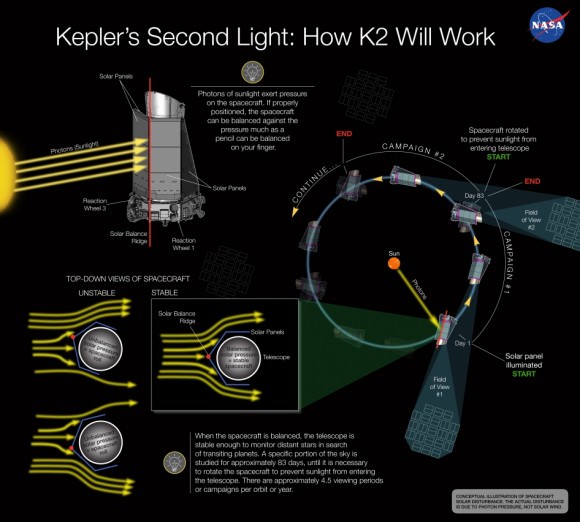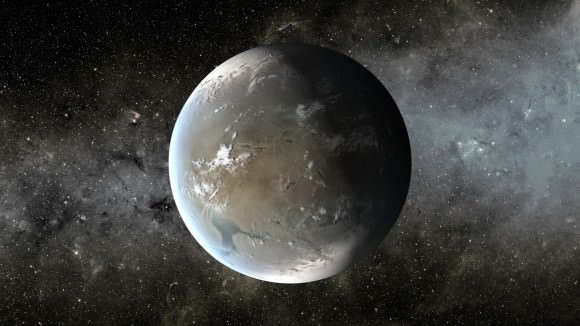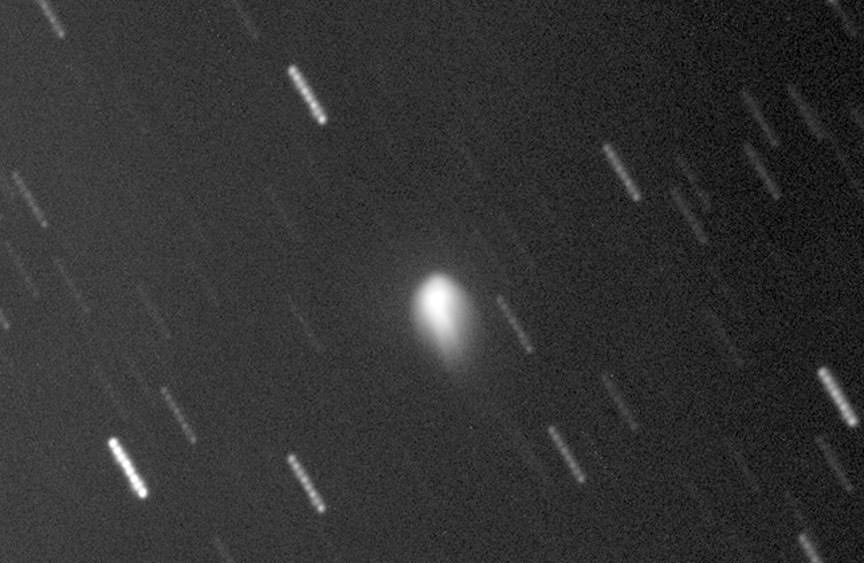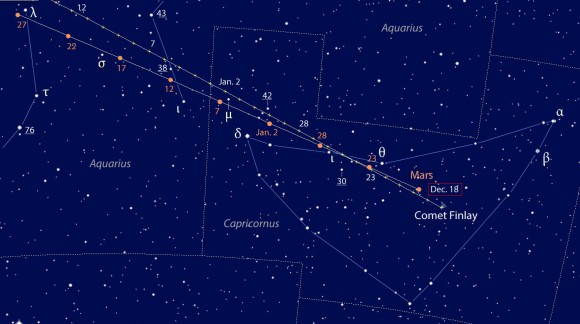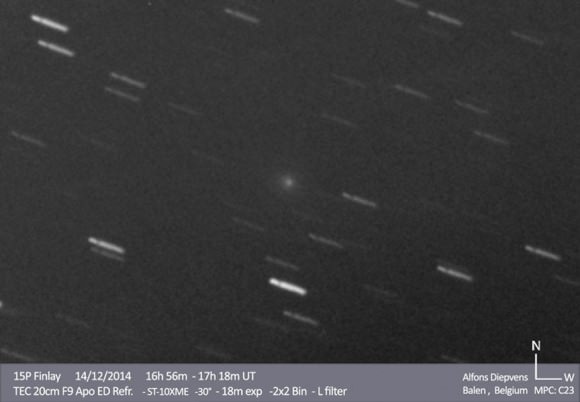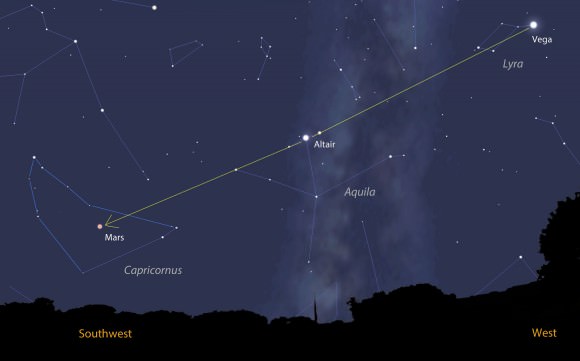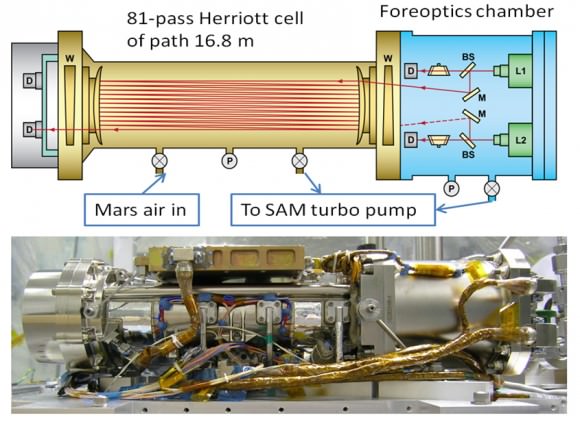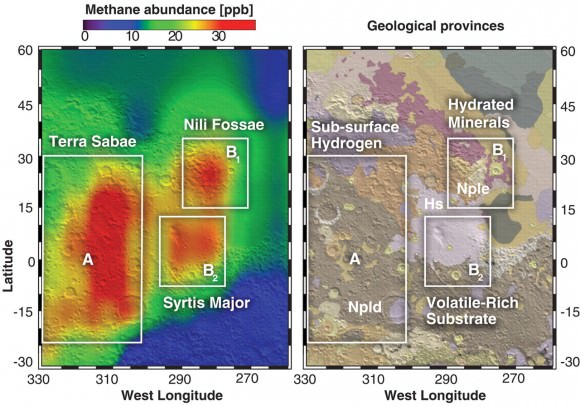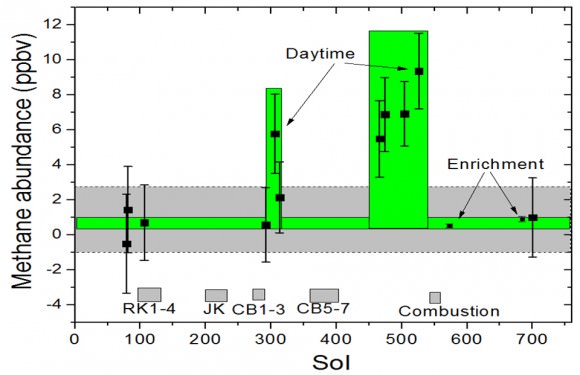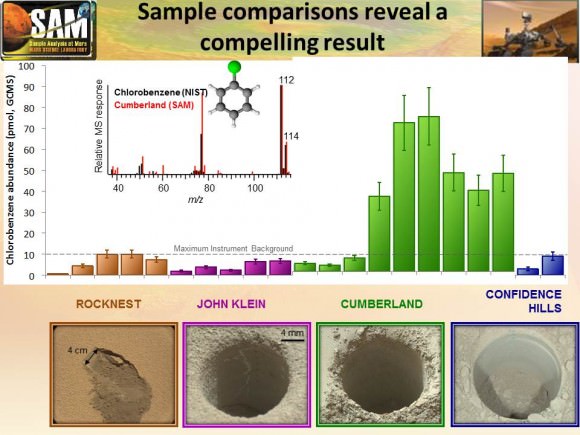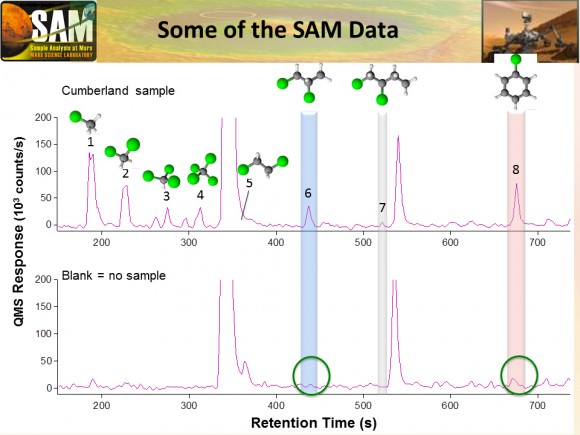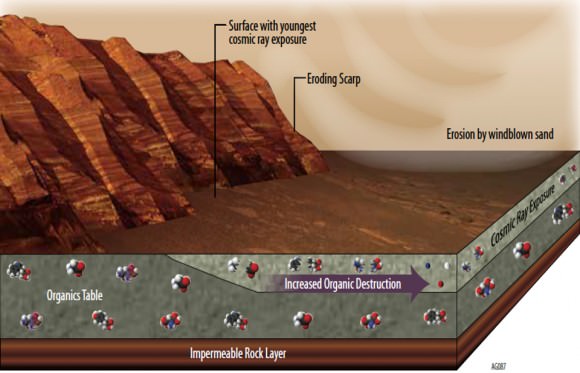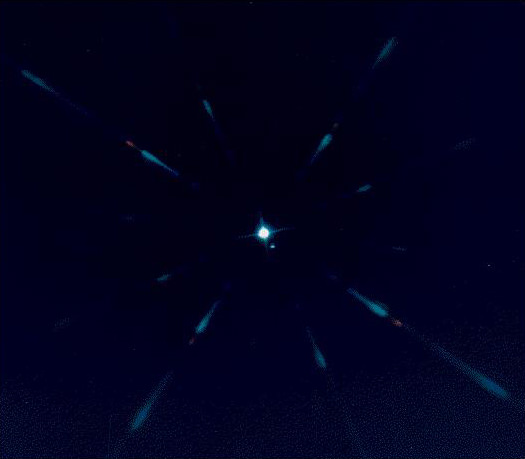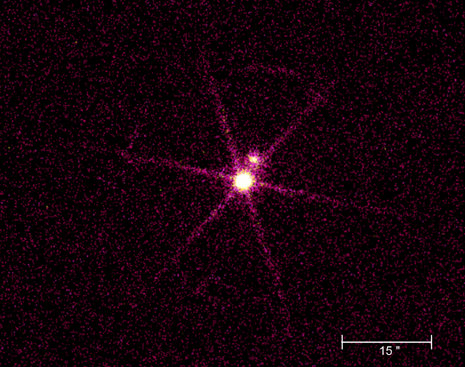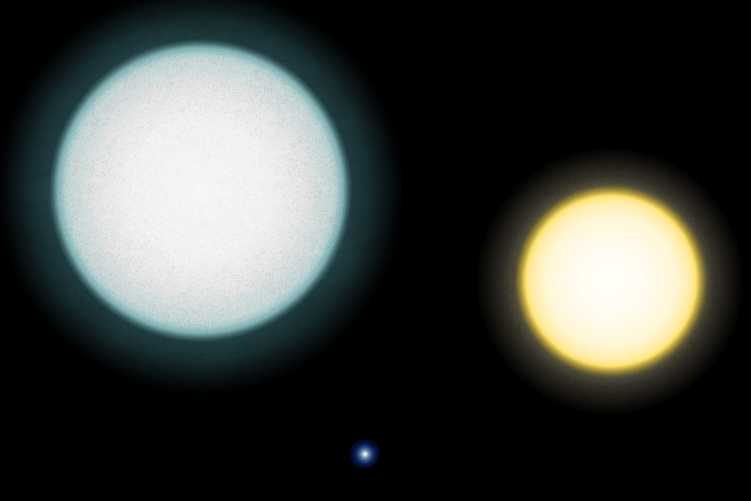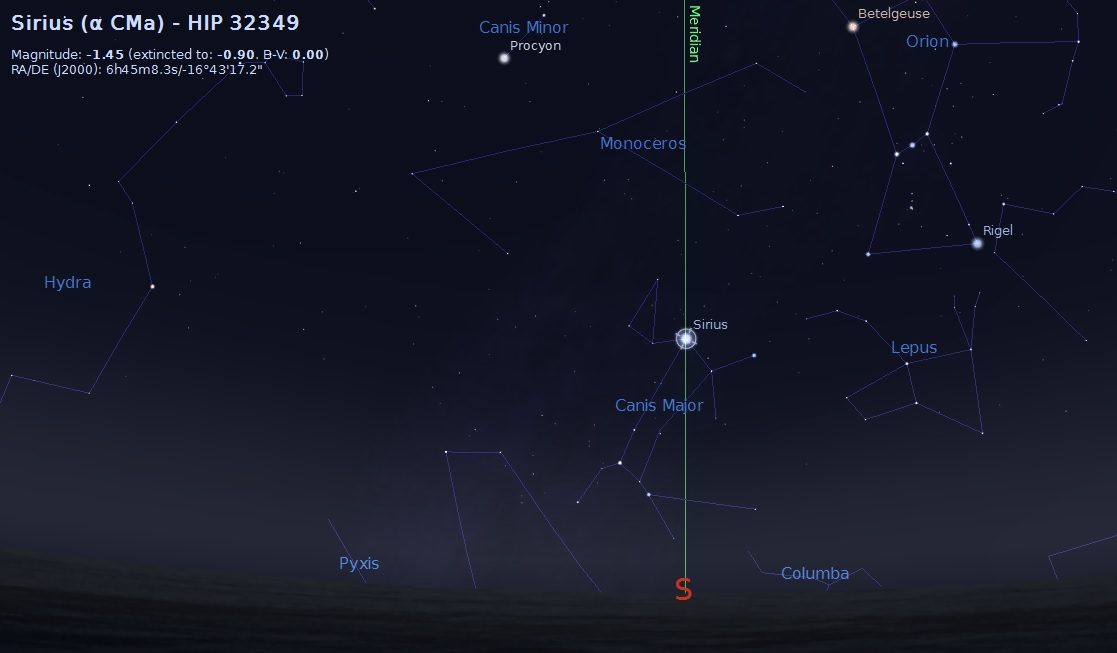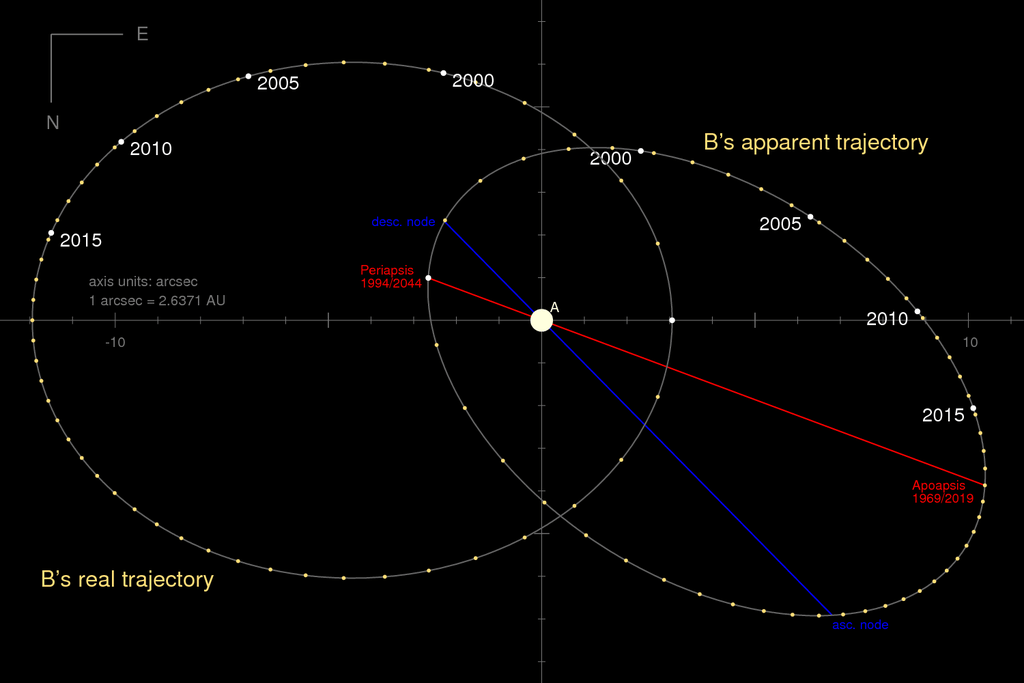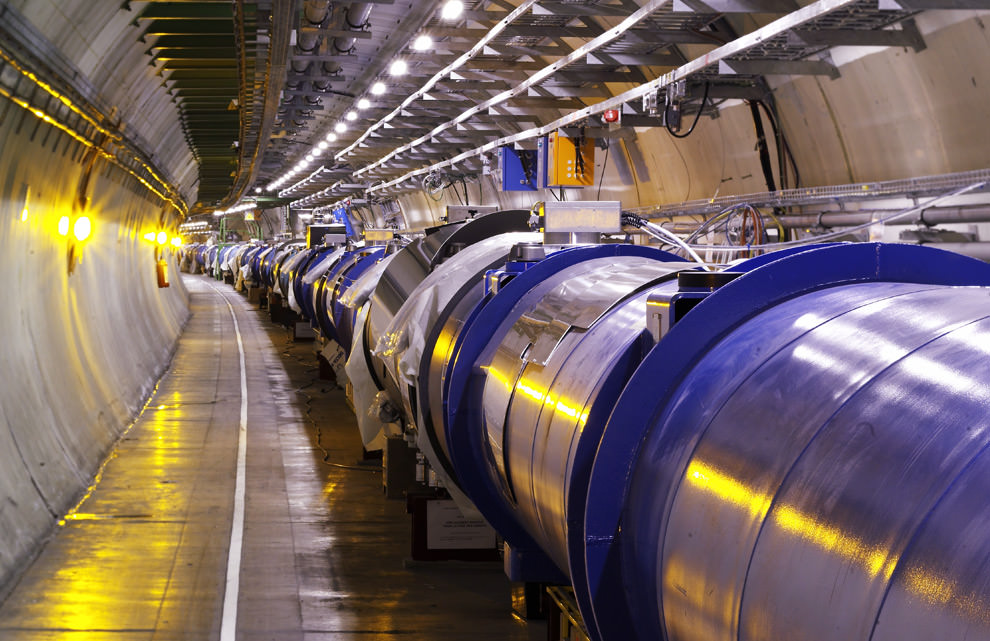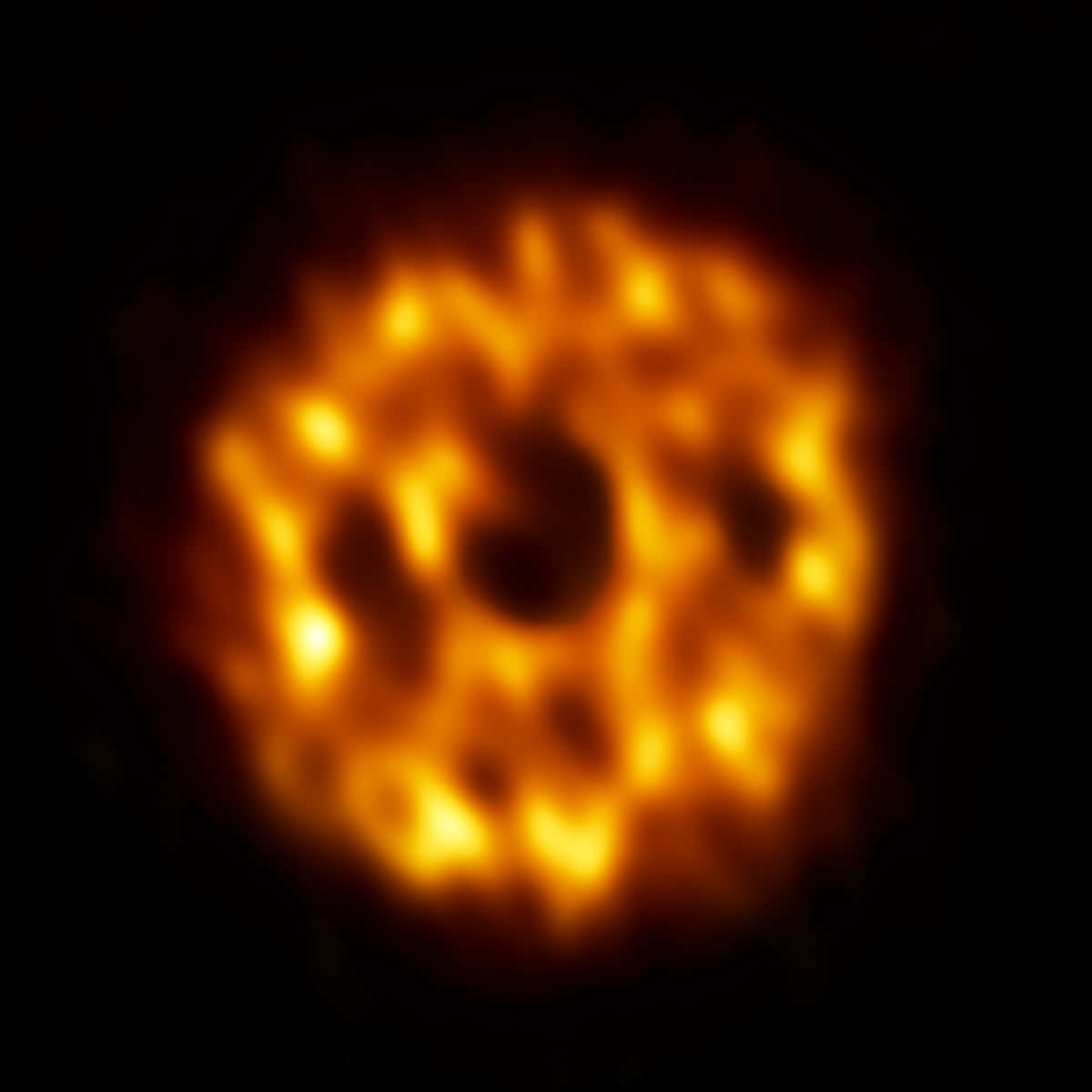I need to get something off my chest. A month or so ago I was sitting in a classroom surrounded by 10 peers. For the first time this semester we had the opportunity to spend the entire day discussing astronomy. And I was thrilled to dive into that brilliant subject, which I have adored for most of my 26 years.
But it didn’t take long before the day turned sour. Most of my classmates touched on one common theme: why should we care about astronomy when it has no practical applications? It’s a concern I have seen time and time again from students, museum guests, and readers alike.
So dear world, here is why you should care.
It’s true that astronomy has few practical applications and yet somehow its advances benefit millions of people across the world.
Just as astronomy struggles to see increasingly faint objects, medicine struggles to see things obscured within the human body. So astronomy has developed technology used in CAT scanners and MRIs. It has also developed technology now used by FedEx to track packages, GPS satellites to determine your location, apple to develop a camera for your iPhone, to name a few.
But all of these are mere second thoughts, benefits that have occurred without the primary intention of the maker. And that is what makes astronomy beautiful. To study something — not because we’re looking to gain anything in particular, but out of sheer curiosity — is what makes us human.
Doing things for their own sake creates room for mindfulness and joy. Aristotle makes this point in his Nicomachean Ethics. He says: “the work is the maker in actuality; so he loves his work, because he loves his existence too. And this is a fact of nature; for what he is in potentiality, the work shows in actuality.”
Work itself is inherently valuable and it is somehow connected to our very existence. It stands alone and not as a path toward a paycheck or a practical application. Countless studies show just this. In one famous example, psychologists Edward Deci and Richard Ryan, both from the University of Rochester, asked two groups of college students to work on various puzzles. One group was paid for each puzzle it solved. The other group wasn’t.
Deci and Ryan found that the group that was paid to solve puzzles quit the second the experiment was over. The other group, however, found the puzzles intrinsically fascinating, and continued to solve the puzzles well after finishing the experiment. The second group found joy in the puzzles even when — and perhaps because — there was no monetary value to gain. There’s mindfulness in the act of work itself.
Then there is the sheer joy of looking up. On the darkest of nights, far from the city lights, thousands of stars are sprinkled from horizon to horizon. We now know there are over one billion stars in our galaxy and over one billion galaxies in our universe. It fills me with such wonder and humility to know our small place in the vast cosmos above us.
I firmly believe that astronomy has a spiritual dimension, maybe not in the sense of a supreme being, but in the sense of how it connects us with something bigger than ourselves. It brings us closer to nature by illuminating the ongoing mysteries in the universe.
Because of astronomy we now know that the Universe sparked into existence 13.7 billion years ago. We’ve spotted shining pinpricks of light in the early universe and know them to be supermassive black holes, with such strong gravitational fields, that matter is raining down onto them. We’ve seen distant galaxies colliding in a swirl of stars, gas and dust. And we’ve spotted thousands of planets orbiting other stars.
We’ve glimpsed the wonders of the universe — both big and small — for others to appreciate. So while astronomy doesn’t set out with the intention of changing our lives on a practical level, it does change our lives. It has explained mysteries that have confounded us for thousands of years, but more crucially, it has opened up more mysteries than any of us can study in our lifetime.
I have to wonder: what human being isn’t compelled to study a discipline that sparks such curiosity and joy?

